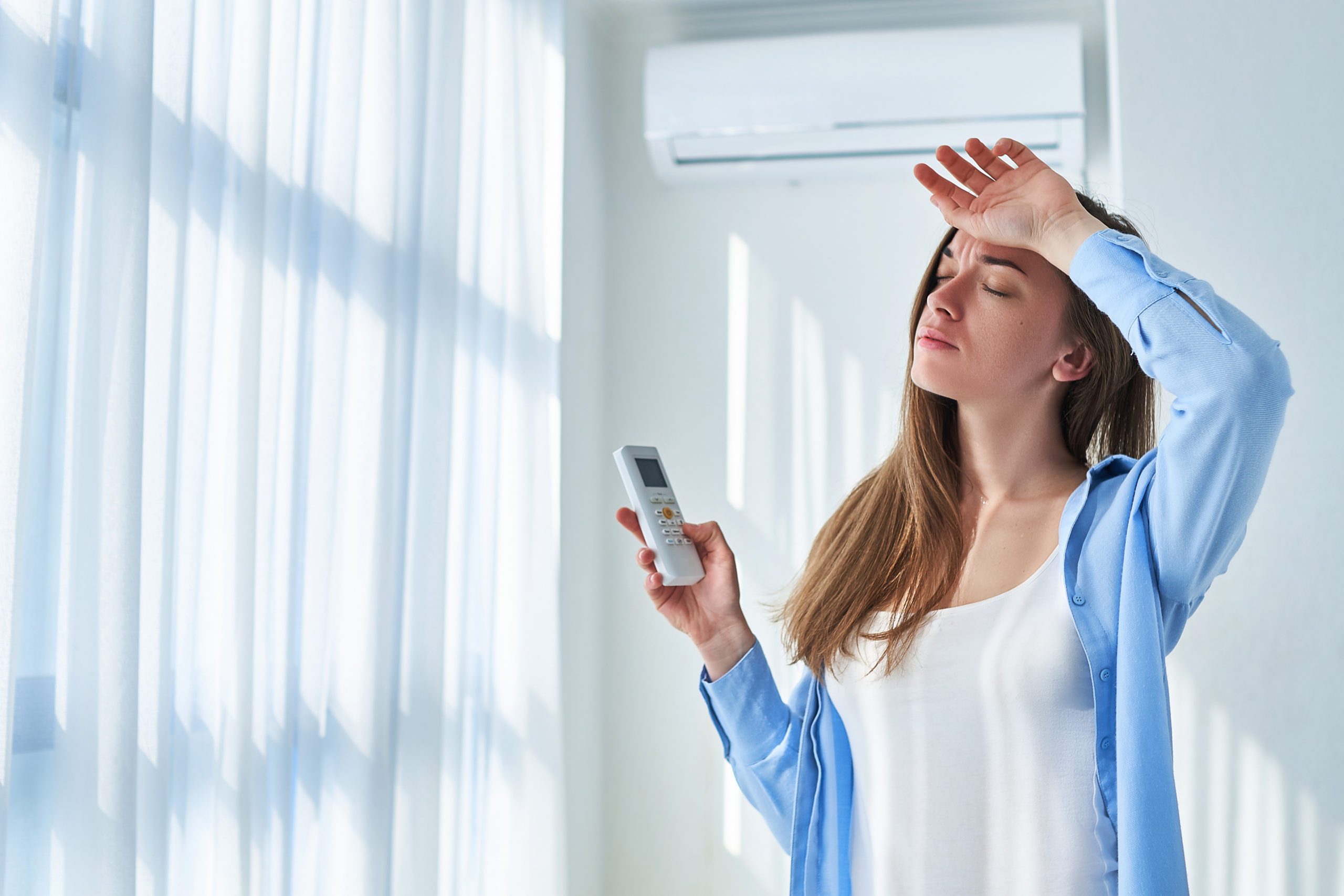Have you ever woken up on a midsummer night because your throat was so dry? Or experienced that dry burning sensation in your nose? Your air conditioner could likely be the culprit making your air dry.
Australia is known for having quite a dry climate. Our blistering hot summers may encounter a humid day or two, followed by a humidity-breaking thunderstorm, but it’s generally dry for the most part.
Although some air conditioners help to improve the indoor air quality of your home, blasting them throughout the night and day can remove moisture from the air and significantly reduce the relative humidity.
This is when you may start to experience dry skin, itchy/dry throats, chapped lips and breathing difficulties. On the other hand, you don’t want an over-humid home either. The most ideal relative humidity for homes and businesses is between 30 to 60%, with the most comfortable indoor air humidity being around 30 to 50%.
Callao Read our article on dry air vs humid air and which is better for health.
When humidity levels reach over 65% things start to get a little uncomfortable, and moist. I can think of anything worse than physically feeling moisture in the air and sweating my pants off on the couch. High humidity can also have negative health effects particularly those who may suffer from asthma, among other things such as the growth of mould and release of fungal spores.
The good news is that there are plenty of ways to deal with dry air and humid conditions inside your home.
Here are some simple tips to maintain optimal comfort levels in your home.
How to manage dry air in your home
Get some indoor plants
If you haven’t already heard, indoor plants are all the craze right now. Just ask my partner about her recent order which contained 11 different plants. Apart from turning the house into an indoor jungle (over-exaggeration) plants can help reduce dry air by introducing moisture to its immediate surroundings.
The soil in the pots can also help retain additional moisture which can be absorbed into a room when the aircon dries out the air. However, keep in mind that if you do venture out and purchase a forestry of plants, you do have to look after them.
Consider placing several indoor plants throughout different areas of your home where the air may feel dry.
If you are a business suffering from dry air, some companies are specialised in delivering plants to your office, already potted and meant to solve your issue. Plants are proven known to improve not only you air quality but your staff’s morale as well.
Invest in a humidifier.
A humidifier is the quickest and most effective way to increase the humidity in your home. A humidifier adds moisture to dry, heated air and will help keep your skin, sinuses and nasal passage moist and lubricated.
The best place to put a humidifier is typically in the bedroom and have it turned on before you go to bed for a better night’s sleep.
Scatter open water containers.
This method is a little out of the box and a touch creative, but it works. Place several containers of water around your home, making sure they are left open to allow the water to evaporate.
This helps increase humidity levels in a dry room by releasing moisture into the air. It is important to keep containers elevated and away from electrical devices, and out of reach (especially if you have children or pets).
Make sure your home is sealed.
Dry air can enter your home through gaps in between windows and doors that are not tightly sealed.
Sealing off air leaks can help reduce your energy costs, put less strain on your heating/cooling system and maintain a more comfortable climate in your home.
Keep hydrated and moisturised.
Drink plenty of water to keep your mouth and throat hydrated throughout the day.
I personally keep a bottle of water by my bedside for when my throat dries out at night. Apply moisturiser to your skin if you notice your skin becoming dry and scaly, especially after a hot shower or bath.
How to manage humidity levels in your home
Keep your home well ventilated.
Particularly during summer, we recommend opening opposing windows and doors in the evening to create a ‘breeze’ tunnel traveling through your home. This will help circulate the air around your home and reduce humidity levels.
Make sure to use the exhaust fan in the bathroom while showering as well as opening up a window to allow for steam to escape and preventing condensation. Excess moisture can cause the growth of mould and that’s something you do not want.
Take cooler, shorter showers.
As much as we love taking a warm hot shower during winter, they can produce excess steam which drastically increases indoor humidity levels.
We’re not saying you have to switch to a cold morning shower (we’re not monsters) but simply lowering the temperature and length of a shower can help reduce the amount of steam, which can help with humidity levels. Of course, don’t forget to turn on the exhaust fan and open up the windows.
Crank up the AC.
In this circumstance, if your home is too humid then you’ll want to turn on the AC to dry out the air with dry mode. Refrigerated air conditioning systems can help reduce humidity levels.
However, if you have an evaporative system, we suggest leaving these off on blistering hot and humid days, as they will only add to the humidity. High humidity levels provide a thriving breeding ground for dust mites and mould, which can trigger asthma and allergies.
Use a hygrometer.
Hygrometers are an inexpensive tool which tells you the relative humidity of your home.
If you’re having trouble maintaining humidity levels, dry air or your air conditioner is no longer providing a comfortable climate for your home, contact All Air Services for an absolute all-year comfort solution.






